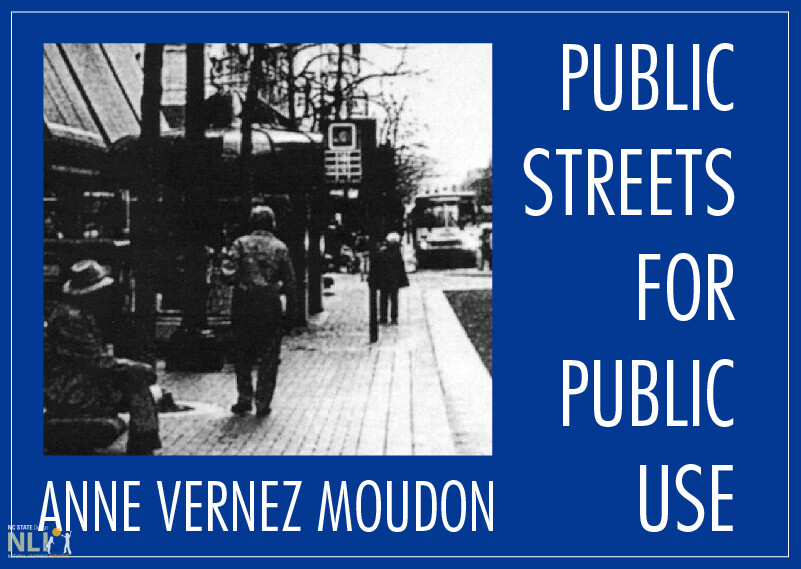Streets as Playgrounds
Author: Moore, Robin.
Great differences exist between adults and children in their perception and use of the outdoor environment. One of the greatest relates to residential streets. To adults, streets are functional resources: the quickest way from A to B or a good place to park the car. Sometimes, if lined with trees, they are valued as an aesthetic enhancement. Children see streets differently, as play opportunities discovered in lamp posts, curbstones, gutters, inspection chamber covers, overhead wires, parked cars, trees, piles of leaves, flights of steps, gates, bollards, hedges, retaining walls, driveways, building entrances, bus stops, mailboxes, street signs, and benches. Children measure the environmental quality of streets by the presence or absence of these mundane objects, not by the ease of traffic flow and parking. Nonetheless, traffic has a critical effect on street playability.
In Public Streets for Public Use, Van Nostrand Reinhold, 1987


